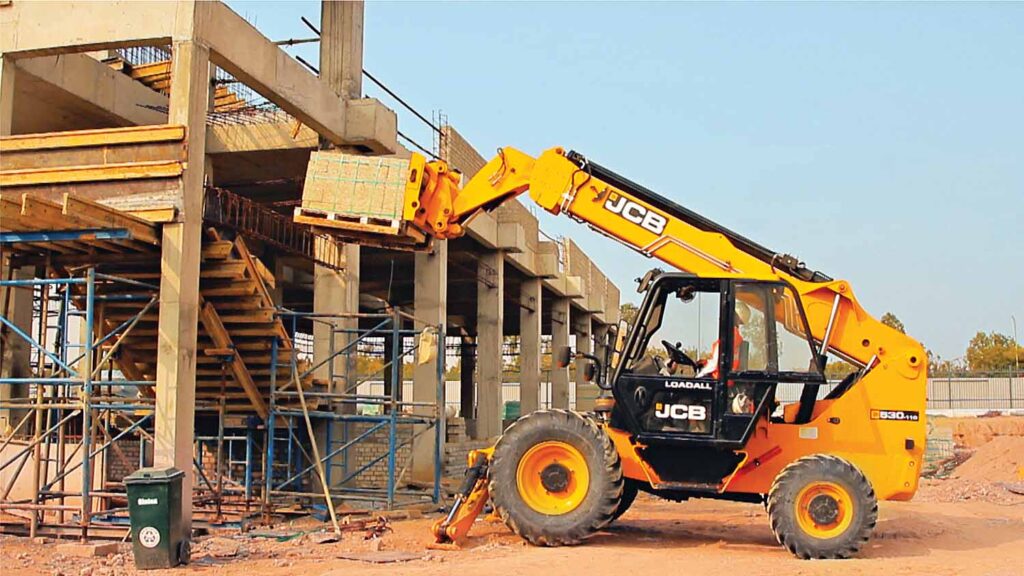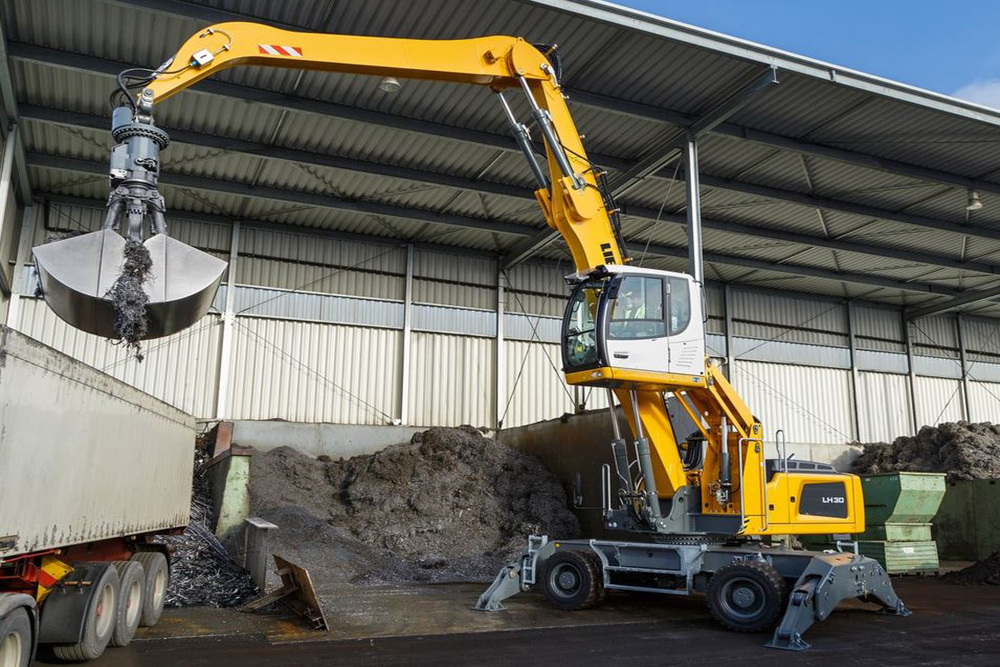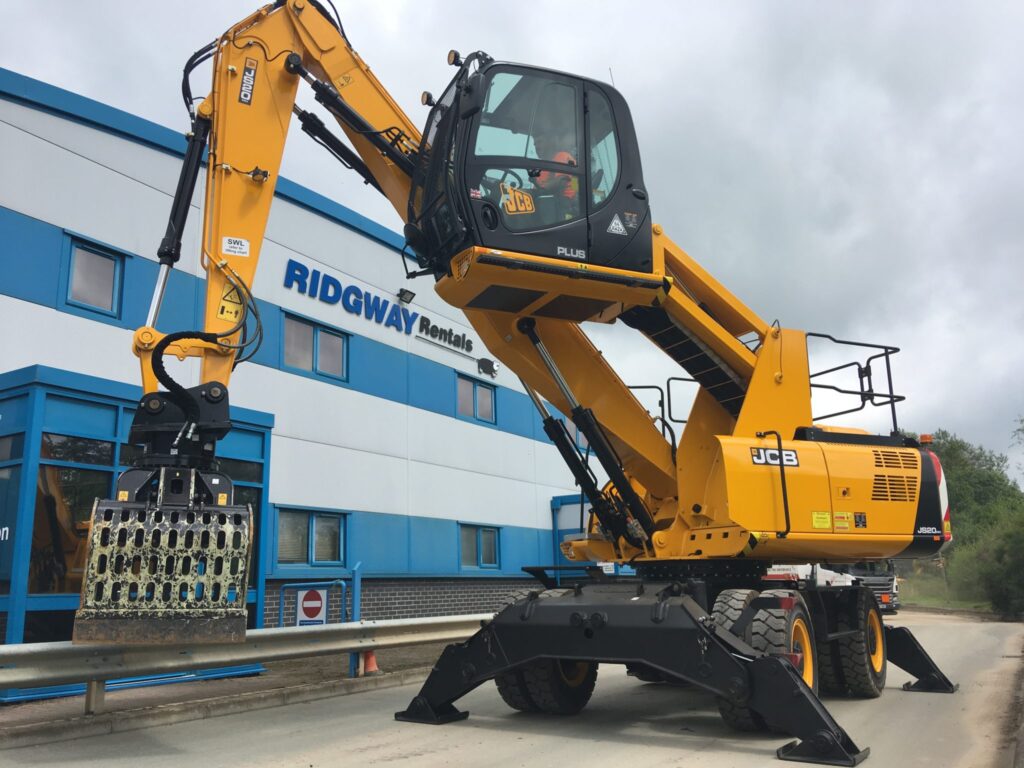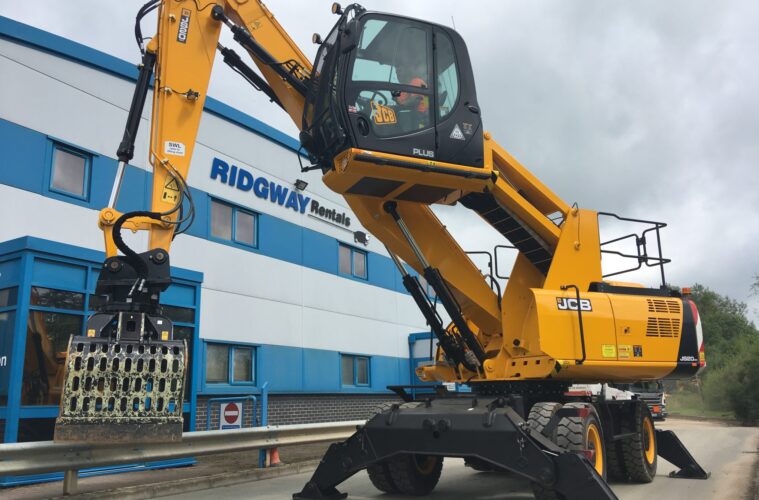Every industry depends on material handling in one way or another. It is a crucial element of every productive warehouse. By making things simple to locate, move, and ship, material handling may enhance customer service, minimize costs by shortening the time it takes to move products, and prevent product damage by handling products properly. Additionally, it guarantees enhanced safety from both long-term and short-term disabilities. From compactors and paving machines to cranes and excavators, idler rollers play a vital role in ensuring the smooth operation of various equipment and machinery.
There are two types of material handling equipment available:

source: pinterest.com
Fixed Path Equipment:Equipment that moves along a fixed path is referred to as fixed path equipment. This category includes pulley drive equipment, chutes, monorail devices, and conveyors. The overhead crane offers a little variation in this category since, while being confined, it can move materials in any way inside a restricted space due to the nature of its design. In addition to handling large raw materials, stacking, and occasionally palletizing, overhead cranes have a very good range in terms of hauling tonnage.
Variable Path Equipment: Trucks, forklifts, mobile cranes, and industrial tractors fall under the category of variable path equipment. However, their size is an issue that should be taken into consideration. Forklifts are available in a wide range, are agile, and can be equipped with a variety of attachments to boost their versatility.
The following are the primary objective of material handling equipment:

source: pinterest.com
Encourage the reduction of material damage: Warehouse managers and transportation managers place a high priority on damage prevention in the supply chain. By examining the underlying causes of incidents where products lose value or are destroyed, they try to lower their cost of doing business. You seek out best practices for damage prevention as a member of the industry. Springwell marketing offers specialized solutions that can lower the cost associated with material damage.
Low maintenance and repair costs: Full maintenance is included in Equipment Service Costs. There is no need for spare parts, a repair shop, or mechanics. You will also get replacement policy available at no additional charge, thus saving you money and time.
The proper tool for the job: If the equipment you own doesn’t satisfy the necessary specifications for the job, you may be forced to “make do.” You can get rental options from company to satisfy specific needs.
Increase production and efficiency: The way materials are handled has a direct impact on how productive warehouses, factories, and distribution centers are. The faults and delays brought on by an ineffective facility reduce client loyalty and make it simpler for your rivals to steal customers.
Better use of resources: When building a material handling system, work-study factors like eliminating pointless movements and combining procedures should be taken into account.
The importance of Material handling equipment

source: pinterest.com
The most important thing when selecting material handling equipment is to make sure it is safe and capable of meeting your needs. In addition, it ought to be affordable.
Generally speaking, effective material handling machinery serves the following purposes:
- Aim to move the most pieces possible in one unit using the principles of containerization, unit load, or cartelization.
- Using mechanical help in place of manual work to accelerate the movement of the material
- Minimizing the amount of movement that goes on throughout a production process.
- Whenever possible, using gravity to help move things.
- To reduce handling costs and transit-related material damage.
It is difficult to choose material-handling equipment from the many options available. The fact that there are so many different types of equipment and accessories available for handling the same material does not make the matter any easier. The option is sometimes limited by the type of material to be handled.



